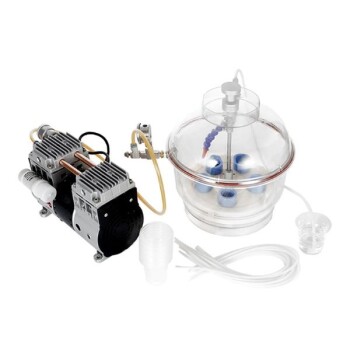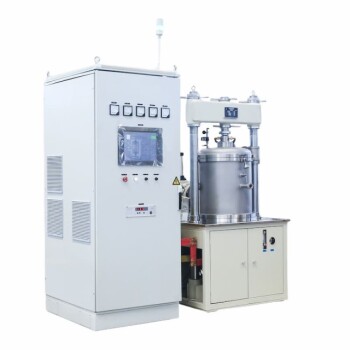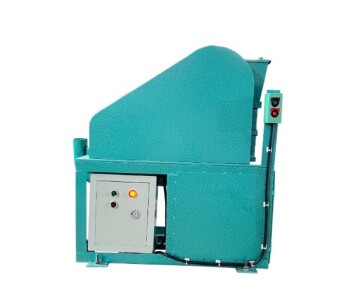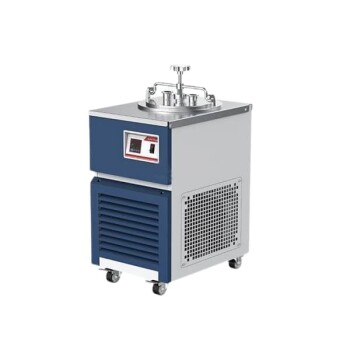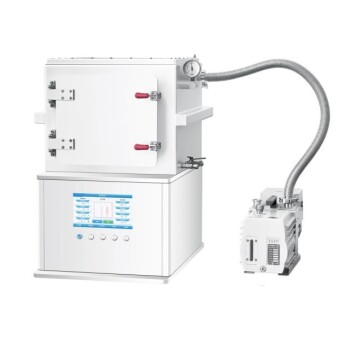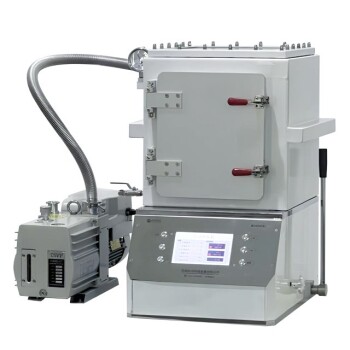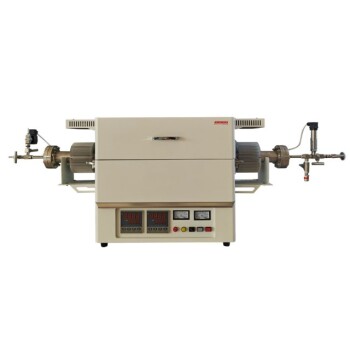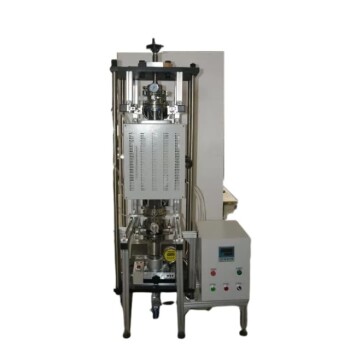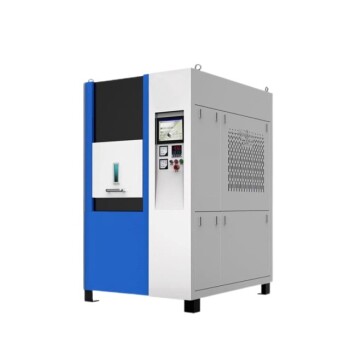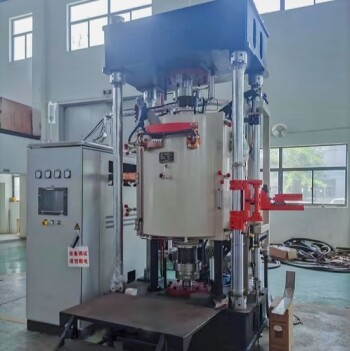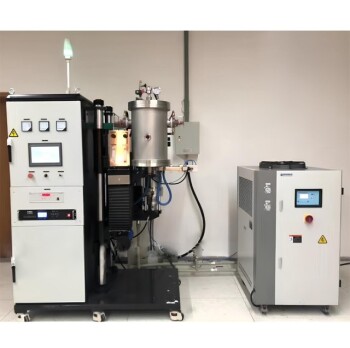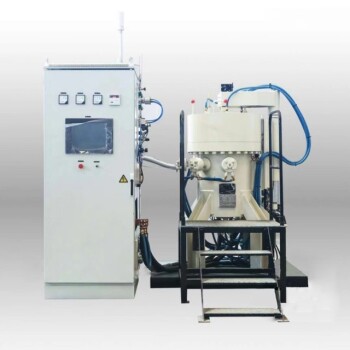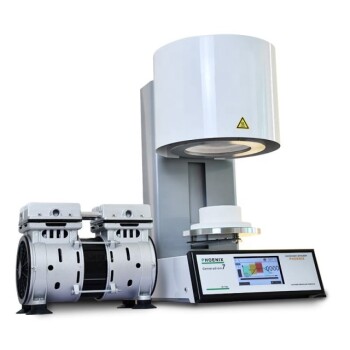Freeze-drying, or lyophilization, stands as a gold standard for preserving biological samples without compromising their structural integrity. By carefully controlling temperature and pressure, this process removes water while avoiding the damaging effects of liquid phase transitions. Let's explore the precise mechanisms that make freeze-drying indispensable for vaccines, enzymes, and microbial cultures—and why it outperforms traditional preservation methods.
How Freeze-Drying Shields Biological Structures
The Critical Role of Low Temperature Phase
Rapid freezing at ultra-low temperatures transforms water into ice crystals while locking biological molecules in place. This prevents:
- Structural collapse from ice expansion (common in conventional freezing)
-
Chemical degradation that occurs at higher temperatures
Research shows this phase maintains sample morphology by avoiding the "collapse temperature"—the point where softened structures lose their form.
Vacuum Sublimation: Avoiding Destructive Liquid Water
Under vacuum pressure, ice transitions directly to vapor, bypassing the liquid phase entirely. This:
- Eliminates surface tension damage to cell membranes
- Prevents solute migration that disrupts molecular arrangements
The process resembles how frost evaporates from a cold surface without melting.
Gentle Warming for Bound Moisture Removal
Controlled temperature increases extract residual moisture bound to molecules through:
- Primary drying: Removes ~95% of free water
-
Secondary drying: Extracts tightly bound water molecules at slightly higher temperatures
This staged approach ensures complete dehydration without overheating sensitive compounds.
Why Freeze-Drying Outperforms Other Preservation Methods
Maintaining Activity Where Freezing or Air-Drying Fails
Comparative studies reveal:
| Method | Protein Activity Retention | Cell Viability |
|---|---|---|
| Conventional freezing | ~60-70% | Moderate |
| Air-drying | Below 50% | Low |
| Freeze-drying | Over 90% | High |
Lyophilization preserves function where other methods cause:
- Enzyme denaturation from ice crystal shear forces
- Membrane rupture during air-drying's abrupt dehydration
Stability and Shelf-Life Advantages
Freeze-dried materials can remain stable for years without refrigeration because:
- No liquid water means no hydrolysis reactions
- Vacuum-sealed vials prevent oxidative damage
This explains why over 80% of live-virus vaccines use lyophilization for global distribution.
Real-World Proof: Lyophilization in Action
Vaccine Stability and Long-Term Storage
The COVID-19 mRNA vaccine breakthrough highlighted freeze-drying's role in:
- Stabilizing lipid nanoparticles at ambient temperatures
- Enabling stockpiling for pandemic preparedness
Samples retain potency for 18-24 months versus weeks for liquid formulations.
Preserving Enzyme Functionality for Research
Diagnostic kits rely on lyophilized enzymes because:
- Reactivity remains consistent across batches
- Reconstitution yields near-original activity levels
Lab managers report 30% fewer repeat tests compared to frozen alternatives.
Microbial Culture Viability for Diagnostics
Hospitals use freeze-dried bacterial strains for:
- Reliable antibiotic sensitivity testing
- Reduced contamination risk during handling
Studies show viability rates exceeding 85% after 5 years—critical for rare clinical isolates.
Unlock Consistent Sample Integrity with KINTEK
Freeze-drying bridges the gap between preservation and practicality. Whether you're stabilizing vaccines, researching enzymes, or maintaining microbial libraries, the right equipment ensures reproducible results. KINTEK's lyophilization solutions help laboratories achieve:
✔️ Higher recovery rates for sensitive biologics
✔️ Reduced energy costs through efficient drying cycles
✔️ Compact storage without refrigeration burdens
Ready to enhance your preservation workflow? Explore how KINTEK's expertise supports your lab's unique challenges—contact our team today.
Related Products
- High Performance Laboratory Freeze Dryer for Research and Development
- Vacuum Cold Mounting Machine for Sample Preparation
- 108L Vertical Ultra Low Temperature ULT Freezer
- Liquid Nitrogen Cryogenic Grinder Mill Cryomill with Screw Feeder
- Vacuum Hot Press Furnace Machine Heated Vacuum Press
Related Articles
- How Laboratory Freeze Dryers Outperform Alternatives in Pharma, Food, Biotech & Research
- Beyond the Spec Sheet: Matching Freeze Dryer Capabilities to Your Application's Critical Needs
- Why Freeze-Drying is Indispensable for Preserving Sensitive Samples
- How Freeze-Drying Cuts Transport Costs by 90% in Critical Logistics


